I’ve written about a couple of US military issued watches in the past and here’s another one, this time from Bulova.
(Click pictures to enlarge)
Bulova produced watches for ‘general purpose use’ by the US Army, Navy and Air Force in accordance with the US military specification MIL-W-3818A. Although the year of production isn’t engraved on the caseback of this model they can be dated quite accurately as the MIL-W3818A specification was first introduced in March 1956 and was revised to become the MIL-W-3818B in October 1962, meaning that any Bulova bearing a MIL-W-3818A inscription will have been made between those two dates.
Although Bulova submitted a watch in 1962 for testing against the new requirements, it didn’t meet the exacting standard and the Benrus DTU-2A/P became the watch issued under the MIL-W-3818B specification. (For any interested parties I wrote about the Benrus DTU-2A/P on the blog a few years ago, that post here.)
As with previous US military watches the caseback on the Bulova is engraved with plenty of information including the MIL-W-3818A specification number, the Serial Number, Federal Stock Number and the Contract Number under which the watch was produced.
Inside the caseback the movement is protected by a substantial dust cover…
… which when removed, reveals a 15 jewel manually wound calibre, the Bulova cal. 10BNCH. In this case complete and running but quite dirty.
The cal. 10BNCH was produced in two variants, the 15 jewel calibre seen here and also a 17 jewel version which was used in another military watch, the A17A, produced by Bulova specifically for use by the US Air Force.
It’s worth taking a small detour here to point out the differences between the two as they appear almost identical and it’s important to know what to look out for if you were to buy (or sell) one of these watches. As well as having the 17 jewel 10BNCH movement, the A17A was fitted with straight hands with a defined point and a second hand with a ball at one end and an luminous arrow at the tip.
They were produced in accordance with the MIL-W-6433A specification which was more stringent in terms of testing than the 3818 specification. All A17A watches should be clearly marked on the caseback with the model and specification numbers and also with ‘WATCH NAVIG.’ which denotes that they were produced specifically for use by navigators and pilots.
Getting back to the 10BNCH calibre, in most cases manufacturers modified an existing ‘civilian’ calibre to make it adhere to the military specification, ie. adding shock protection and/or a hacking mechanism. However from my limited research it seems that Bulova produced the cal. 10BNCH specifically for use in their military wristwatches.
I’m always intrigued by the diversity of hacking mechanisms designs in mechanical watches and the one in the 10BNCH consists of two pivoting levers and a shared tension spring.
When the crown is pulled out the tension on the spring is released and the levers are forced apart, the lever on the left arresting the balance. Simple but effective.
With the movement serviced, the case cleaned and the crystal polished it was time to rebuild. Although the lume on the dial numerals had obviously deteriorated and the lume in the hands had been replaced at some point, it was all still in a stable condition and was left to preserve the history of the watch.
One thing I like about this watch is that the crown gasket isn’t contained inside the crown as it is in most watches making it very difficult to get out once it has hardened after several decades in-situ. On the Bulova case the gasket is contained inside a screwed-in section in the case tube, the seal being made between the gasket and the central section of the crown which makes changing it a breeze regardless of how hard it is – great!
Here’s the watch all cleaned up. What isn’t clear from the pictures is the size of the watch. At just 32mm in diameter (excluding the crown) and with a lug width of 16mm it is pretty small by modern standards but perfectly wearable.
Finally, it’s worth noting that most Bulova watches can be dated accurately as they have a coded date letter and number on either the case or movement – the movement in this watch has the code “M1”, dating it to 1961. The letter “L” denotes the 1950’s, “M” the 60’s, “N” the 70’s and so on. For example, “L5” would be 1955, “M7” 1967 and “N1”, 1971.
Rich.
** Many thanks to Rick Cole for letting me feature his watch on the blog. **

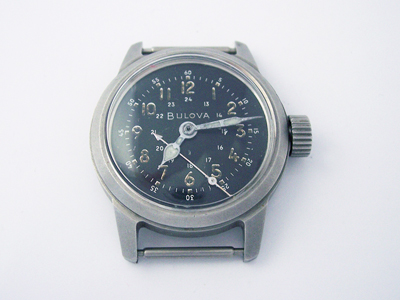
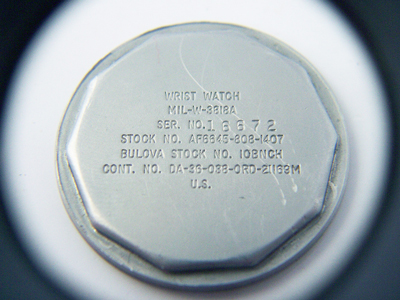
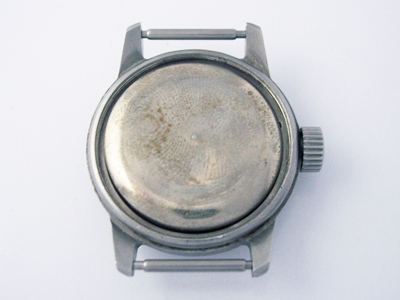
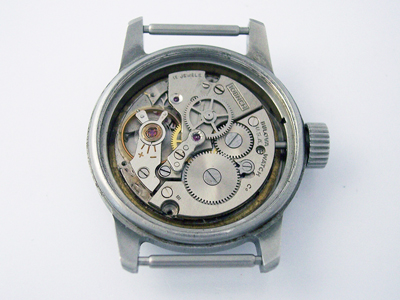
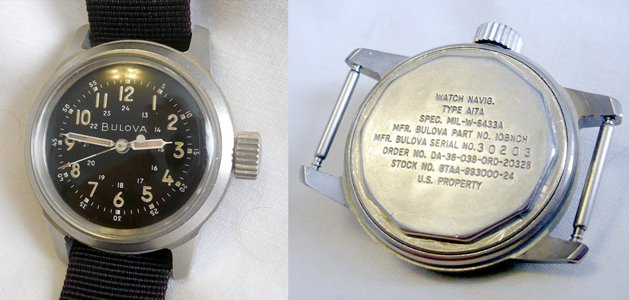
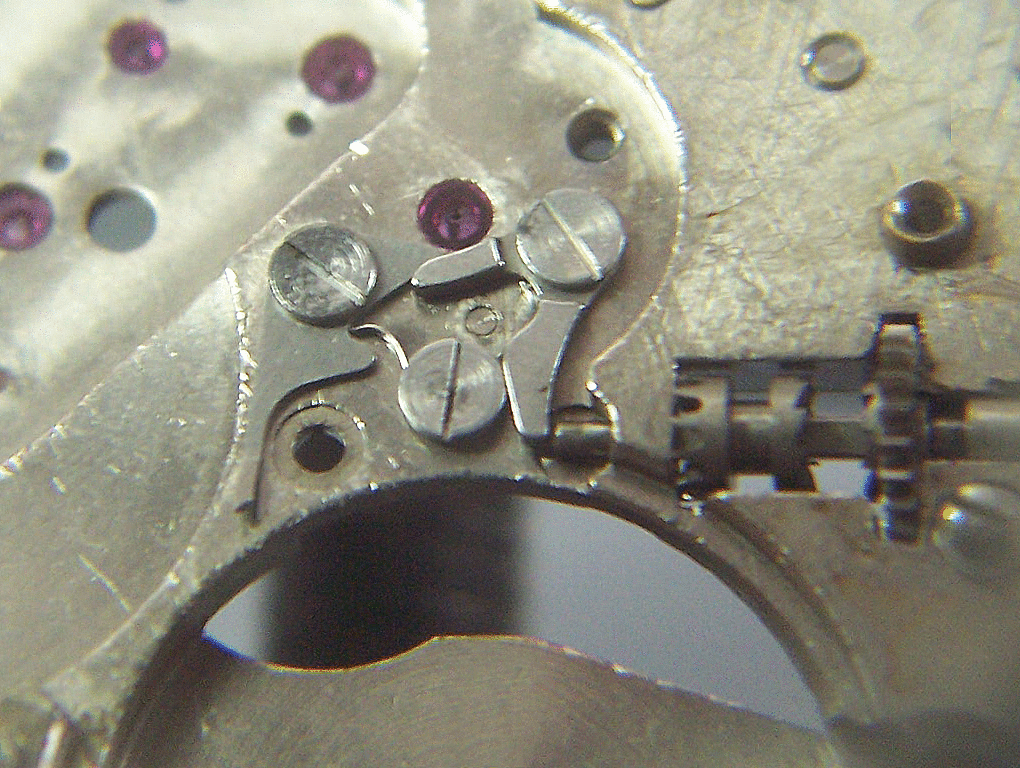
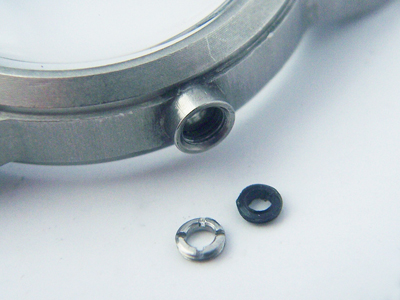
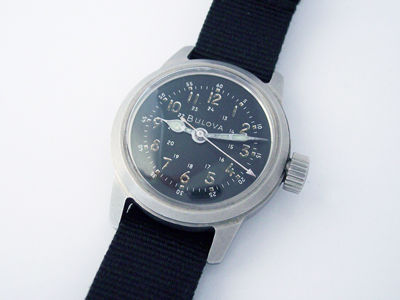
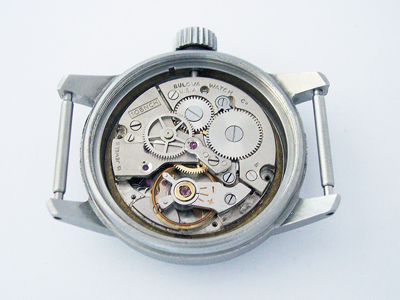
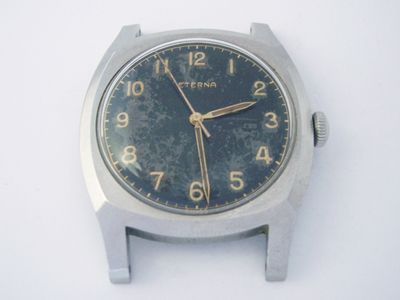
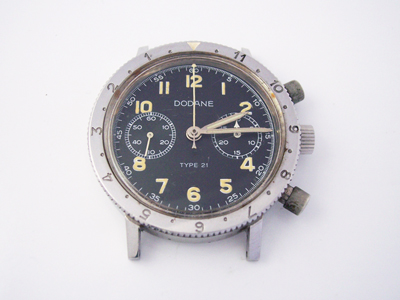
I recently purchased one of these and I thought I was buying an a17A based on the A17A caseback. Upon further research I discovered that the watch is the 3818A due to the 15 jewel Movement, dial design, and hands. I have seen 2 different varieties of caseback information on the 3818A with one saying AFxxxxx…etc and another with no AF. Can you help me out? My Movement has an M2 which dates it to 1962.